Find Your Path To Financial Freedom With Us
At DebtCarePlus, we provide personalized debt relief programs designed to fit your unique financial situation. Our expert team helps you navigate your options, reduce your debt, and regain your financial freedom—quickly.


Your Debt Relief Options
Get the details you need to make an informed decision and regain control of your financial future

Debt consolidation
It is a debt relief option allowing individuals to combine or “consolidate” multiple higher-interest credit card, or other unsecured

Debt settlement
It is a debt relief option that has become increasingly popular among people who need relief from high-balance credit cards

Self Debt relief
There are many well-respected self-help credit and debt experts who provide a wealth of valuable advice on the wise use of credit.

Bankruptcy
Bankruptcy is generally considered to be the debt relief option of last resort. There are several types of bankruptcy
Find Out How to Cut Your Credit Card Debt by Half
Discover if you qualify to cut your credit card debt by nearly half with our expert guidance. Instantly access your credit score and detailed report to take control of your financial health.
- Personalized Debt Reduction Plan
- Get your credit score & report instantly
- Start your journey toward a debt-free future

Your Path to Financial Freedom
Our experts guide you through personalized strategies to alleviate financial stress and craft a custom plan tailored to your needs.
We help you take control of your finances and achieve lasting financial freedom.

STEP TWO
See what you can save
Discover how partnering with us can accelerate your journey to becoming debt-free. We’ll help you find the most efficient path to resolution
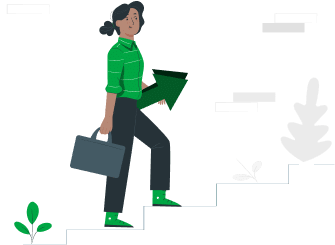
STEP FOUR
We’ll Review and Get Back
Our team will contact you with personalized advice and a plan designed to address your debt. We’re committed to supporting you on your path to financial stability.
STEP ONE
Tell us about your debt
Give us a call to receive your free consultation. We’ll ensure we’re the right match for your needs and assist you in finding the best solution for your debt.

STEP THREE
Enroll in our program
Begin your journey to financial freedom and safeguard your credit with our tailored debt solutions. We’re here to help you to build a stronger financial future.
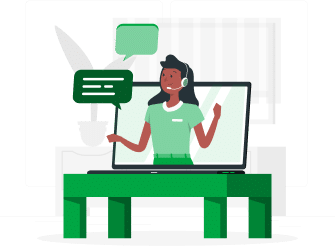
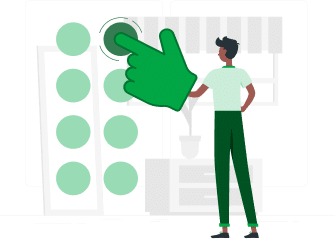
STEP ONE
Tell us about your debt
Give us a call to receive your free consultation. We’ll ensure we’re the right match for your needs and assist you in finding the best solution for your debt.
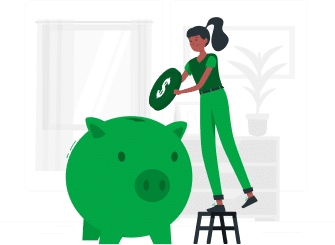
STEP TWO
See what you can save
Discover how partnering with us can accelerate your journey to becoming debt-free. We’ll help you find the most efficient path to resolution
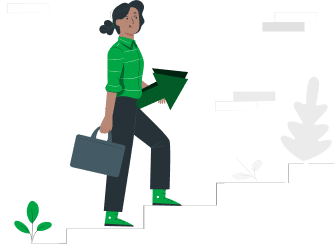
STEP THREE
Enroll in our program
Begin your journey to financial freedom and safeguard your credit with our tailored debt solutions. We’re here to help you to build a stronger financial future.

STEP FOUR
We’ll Review and Get Back
Our team will contact you with personalized advice and a plan designed to address your debt. We’re committed to supporting you on your path to financial stability.
Take Control of Your Credit Card Debt
Debts Piling Up
Debt relief can help you lower monthly payments and regain control of your business finances, even when creditors are calling.

Financial Hardships
Debt hardship assistance provide support during tough times, helping you get back on track when credit card debt becomes great.

Supporting a Family
Unexpected family expenses can lead to debt, but credit card hardship programs offer relief to help manage your finances.

Retire Debt Free
Reduce interest rates, waive fees, and settle debts to retire debt-free and focus on your retirement goals.

Unexpected Bills
Debt relief plans reduce interest and payments, helping you manage credit card debt and unexpected bills faster.

Creditors Calling?
Debt relief programs lower payments and speed up debt elimination, offering peace of mind when creditors start calling.
What Our Customers Are Saying
Hear from the our clients how we helped them in their financial journey
and financial stability are our greatest achievements.

I was barely able to make the minimum payments before. Now it will be impossible. I was glad I was able to speak with My DebtCarePlus Counselor, and create a plan that will pay off my debt in a reasonable amount of time, instead of paying payments for 20 years.
-Leland Moen

I was barely able to make the minimum payments before. Now it will be impossible. I was glad I was able to speak with My DebtCarePlus Counselor, and create a plan that will pay off my debt in a reasonable amount of time, instead of paying payments for 20 years.
-Leland Moen

I was barely able to make the minimum payments before. Now it will be impossible. I was glad I was able to speak with My DebtCarePlus Counselor, and create a plan that will pay off my debt in a reasonable amount of time, instead of paying payments for 20 years.
-Leland Moen
Frequently Asked Questions
We’ve answered a few FAQs to get you started. But please don’t hesitate to reach out with more.
Q1. What is DebtCarePlus?
DebtCarePlus is a comprehensive debt relief service dedicated to helping individuals and families navigate financial challenges. With a focus on ethical practices and personalized solutions, we strive to offer the most effective paths to financial stability.
Q2. Who can benefit from DebtCarePlus services?
Our services are ideal for anyone struggling with debt, whether from credit cards, loans, or unforeseen financial burdens. We cater to a wide range of financial situations, providing tailored solutions for each unique case.
Q3. Is DebtCarePlus a licensed service?
Yes, DebtCarePlus is fully licensed and compliant with industry standards. We pride ourselves on maintaining the highest levels of professionalism and ethical conduct in all our operations.
Q4. How does DebtCarePlus maintain client confidentiality?
Client confidentiality is paramount. We adhere to strict data protection laws and employ robust security measures to ensure all client information remains private and secure.
Q5. Can I access DebtCarePlus services from anywhere?
DebtCarePlus offers services to a wide geographical area, including remote consultations through online platforms, making our services accessible regardless of your location.
Our curated selection of blogs and articles
Stay informed with the latest insights, tips, and expert advice on managing debt, improving your credit score, and achieving financial freedom.

Learn the pros and cons of debt management plans. Find out how these programs work, their benefits, and whether they’re
-
Fame

Learn the pros and cons of debt management plans. Find out how these programs work, their benefits, and whether they’re
-
Fame
path to financial freedom
Ready To Take The Next Step for your financial freedom?
Call to speak with a licensed specialist today! +1 (855) 370-5916 or simply fill out the form below to have one of our agents reach out to you.
Ready To Take The Next Step for your financial freedom?
Call to speak with a licensed specialist today! +1 (855) 370-5916 or simply fill out the form below to have one of our agents reach out to you.

